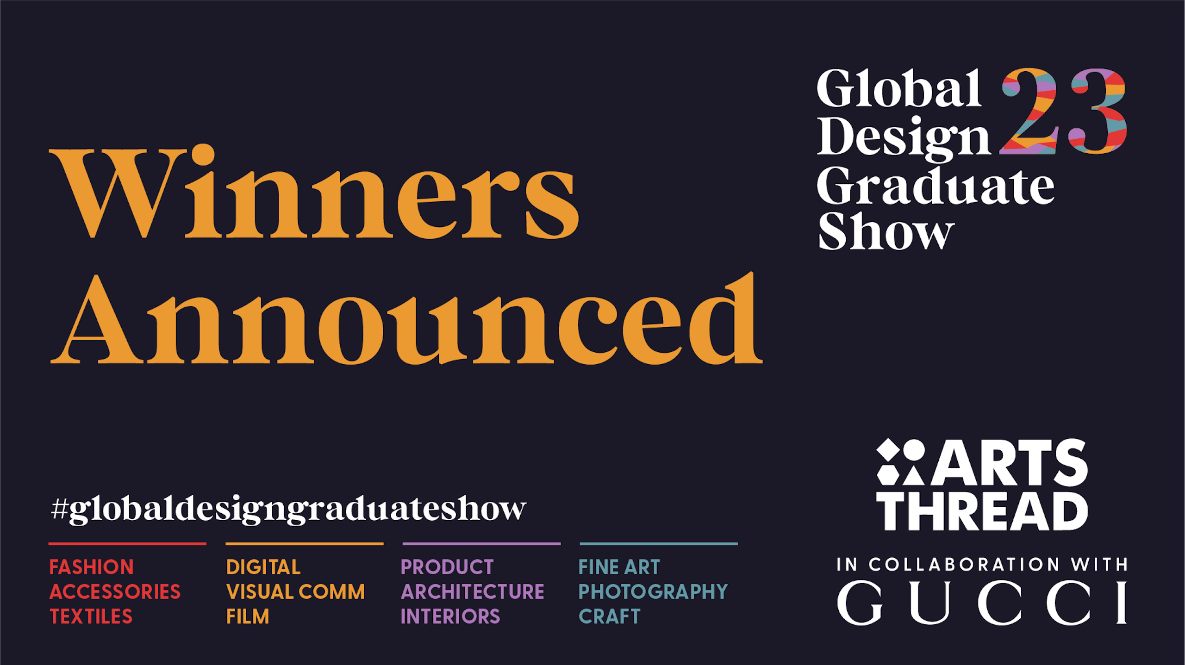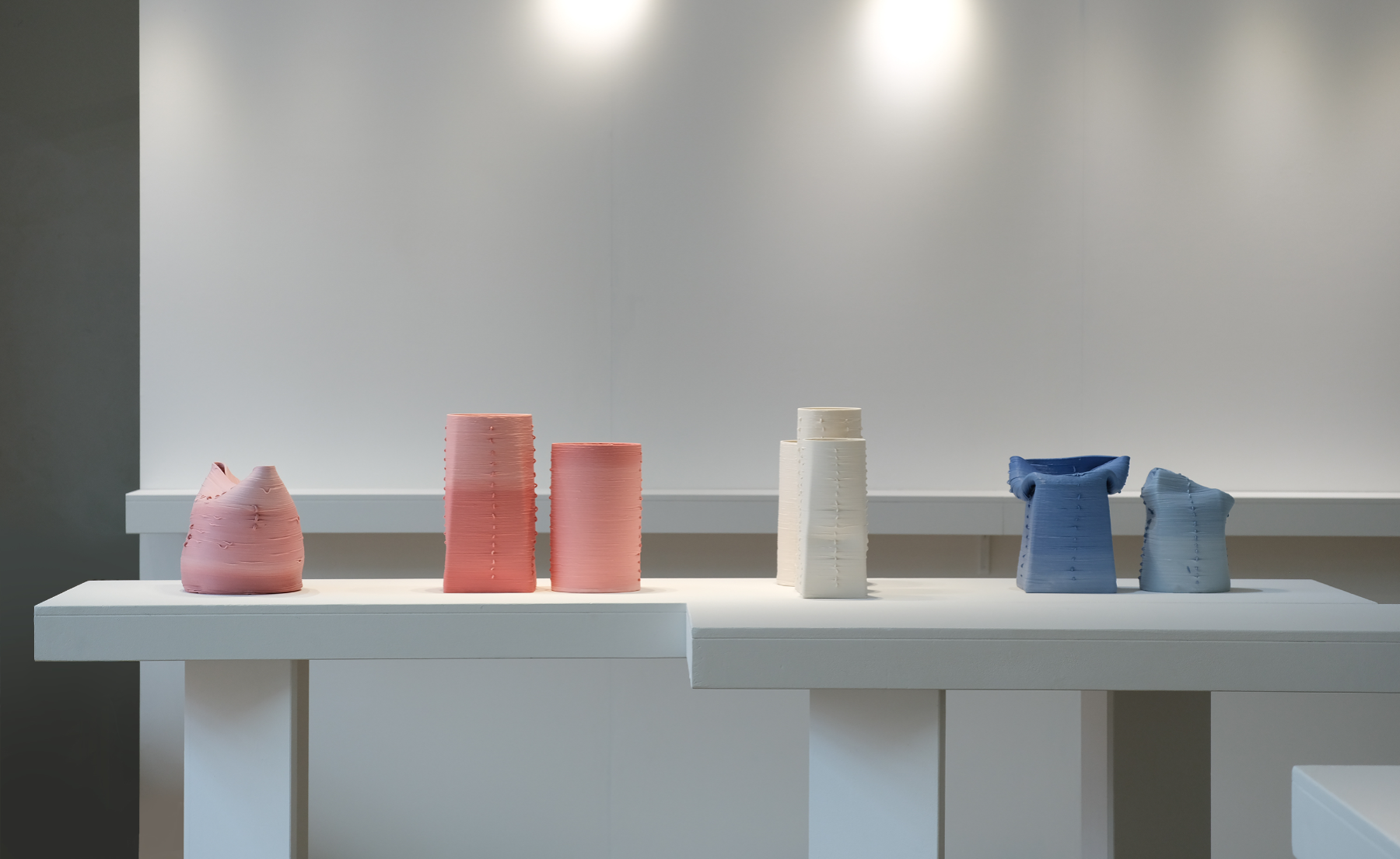Nhan-Nhi lillian Nguyen
Design: Ceramics, Furniture or Jewellery MA
Central Saint Martins UAL
Graduates: 2023
Specialisms: Ceramics / Architecture
My location: London, United Kingdom


Nhan-Nhi lillian Nguyen

First Name: Nhan-Nhi lillian
Last Name: Nguyen
University / College: Central Saint Martins UAL
Course / Program: Design: Ceramics, Furniture or Jewellery MA
Graduates: 2023
Specialisms: Ceramics / Architecture
My Location: London, United Kingdom
Website: Click To See Website
About
NNN is a human printer orchestrating the use of the following machinery: 3d ceramic printer, computer, handheld extruder, mixer, and human hand. The following collection is a series of 3d ceramic and human printed parian porcelain vessels that are colored with oxide stains. Exploring the intersection between machine-made and hand-made; the relationship between digital and the analogue, NNN is interested in reconnecting design with human touch. Nguyen inserts herself into the printing script by weaving coiled clay into the vessels while they are printing. Intervening in the ceramic 3d-printing process, creates opportunities for intentional disruption, structure change and beautiful accidents. No two prints are ever identical. Celebrating organic man-made error and the presence of humanity into the man-made machine the resulting works offer richly textured surfaces and unfamiliar volumes.
Competitions













